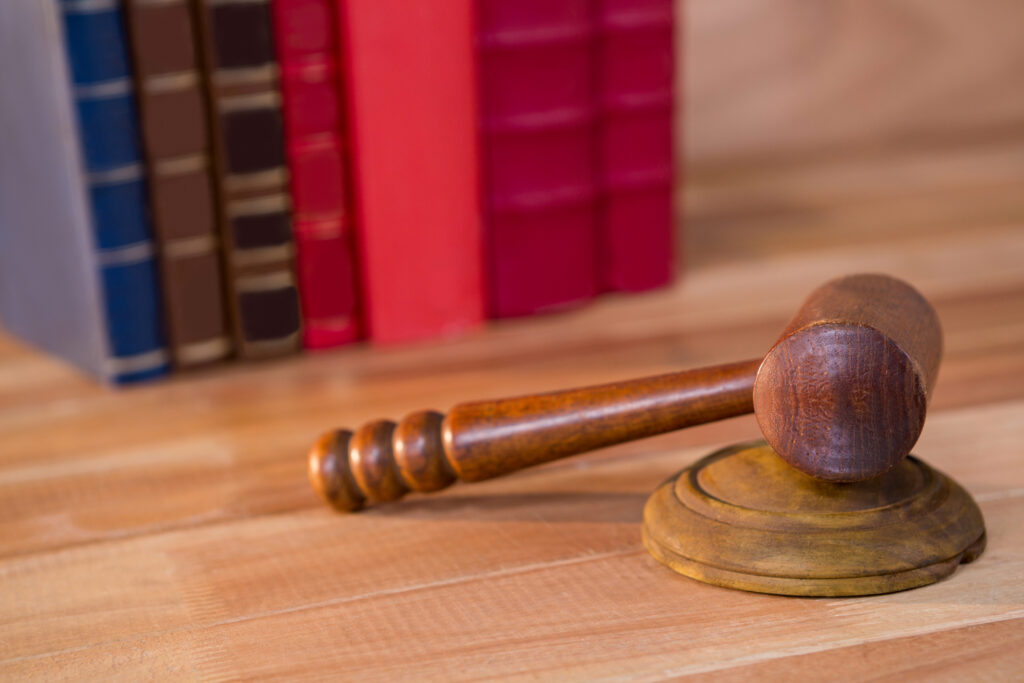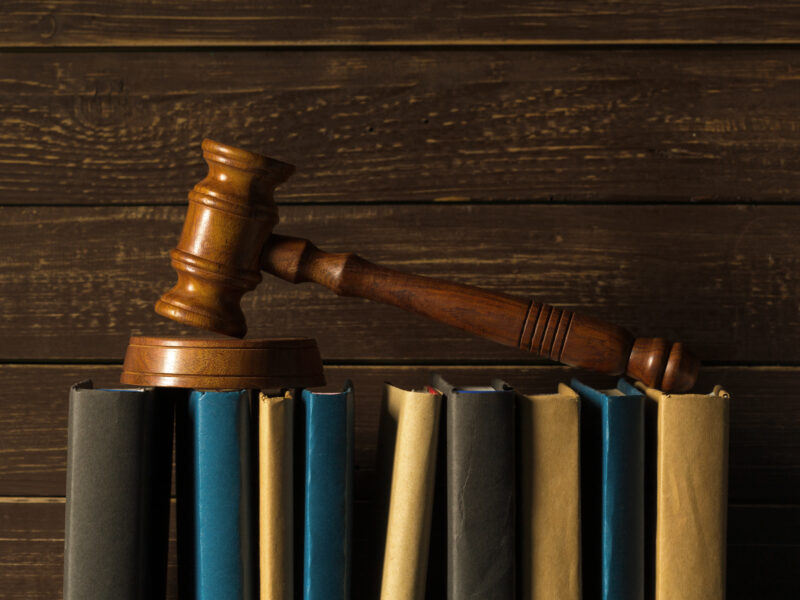Civil litigation is the process of resolving a legal dispute between two or more parties. It can involve an individual, business, or organization, and often involves a dispute over the interpretation of laws or the application of those laws to specific circumstances. Civil litigation is distinct from criminal litigation, which is the prosecution of an individual for a criminal offense. In civil litigation, the parties attempt to resolve the disagreement through negotiations or in court.
Types of Civil Litigation
Civil litigation can involve a wide range of disputes, from contract disputes to personal injury claims. Common types of civil litigation include:
Contract Disputes: Disputes between two or more parties relating to the terms of a contract. It could involve a breach of contract, an interpretation of the contract, or a dispute related to the enforcement of the contract.

Property Disputes: Disputes between two or more parties over the ownership or control of real or personal property.
Torts: A civil wrong or wrongful act which results in injury or harm to another person or their property, leading to a legal liability for the person who committed the tort.
Employment Litigation: Disputes between an employer and employee over terms of employment, such as wages, working conditions, benefits, or other matters related to the employment agreement.
Insurance Disputes: Disputes between an insurer and a policyholder regarding the terms of the insurance policy or the payment of a claim.

The Civil Litigation Process
The civil litigation process begins when one party (the plaintiff) files a complaint against another party (the defendant) in a court of law. The complaint outlines the facts of the dispute and the relief being sought by the plaintiff. The defendant must then file a written response to the complaint, and the parties may attempt to resolve the dispute by engaging in discovery and settlement negotiations.
If the parties are unable to reach a settlement, the case will proceed to trial. During the trial, both parties can present evidence, call and cross-examine witnesses, and make arguments relating to the dispute. At the end of the trial, the jury or judge will make a determination of liability and any damages to be awarded.
The Role of Attorneys
Attorneys play an important role in civil litigation, as a plaintiff or defendant has the right to be represented by an attorney during the litigation process. An attorney can provide legal advice, present evidence, and advocate on behalf of a client’s interests during settlement negotiations and trial proceedings.

Conclusion
Civil litigation is a complex process, but understanding the basics of the process can help individuals and businesses navigate the process more successfully. An experienced attorney can provide invaluable guidance and representation during the litigation process.
If you like this article. We can recommend this article for you.






